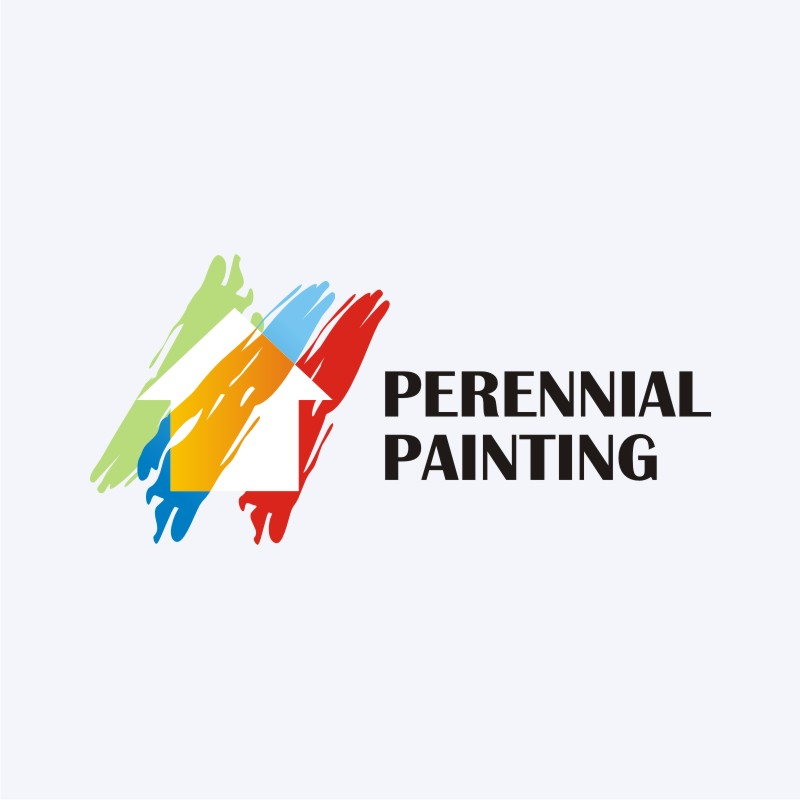Comprehensive Recommendations For Ready-Making Your Wall Surfaces For Painting
Comprehensive Recommendations For Ready-Making Your Wall Surfaces For Painting
Blog Article
Composed By-Nance Balslev
When you're prepping your wall surfaces for paint, it's essential to comply with a systematic procedure to guarantee a flawless surface. Start by analyzing the wall for any damages; this step can make or damage your project. As soon as you have actually determined any concerns, cleaning up the surface area correctly is necessary, as a filthy wall surface can impact paint adhesion. After that, you'll need to spot any kind of blemishes and apply a guide. Yet there are mouse click the up coming article and ideas that can elevate your preparation game-- let's check out those further to accomplish the very best results.
Assessing Wall Surface Condition
Before you grab your paintbrush, take a moment to evaluate your walls' problem. Look for any visible damage like fractures, openings, or peeling off paint. These flaws can affect how the paint sticks and looks as soon as it's completely dry. If you observe any significant damage, you'll require to prioritize repair services prior to diving right into painting.
Look very closely at the structure of your wall surfaces. Is the surface smooth, or is there texture that might require unique factor to consider? Smooth wall surfaces normally require much less preparation, while distinctive surfaces may need even more time to repaint uniformly.
Also, take into consideration the previous paint work. If the old paint is shiny, it mightn't permit new paint to stick correctly. You'll wish to know if your walls have actually been repainted with oil-based or water-based paint, as this can influence your choice of primer or paint.
Ultimately, make note of any moisture concerns. If you see signs of water damages or mold, address these issues immediately to avoid more issues.
Cleaning up the Surface
As soon as you have actually analyzed the condition of your walls, the next step is cleaning the surface. Start by collecting your materials: a bucket, cozy water, a mild detergent, a sponge or cloth, and a scrub brush for harder places.
Begin on top edge of the wall surface and work your means down. https://www.bobvila.com/slideshow/the-13-painting-mistakes-almost-everyone-makes-48420 with cozy water in your container, after that dip the sponge or fabric right into the option. Wring it out to stay clear of too much wetness on the walls.
As you cleanse, pay attention to locations that could've accumulated dust, oil, or fingerprints. For stubborn discolorations, make use of the scrub brush gently to stay clear of damaging the paint beneath. Rinse your sponge or fabric often in clean water to stop spreading out dirt around.
After cleansing, it's vital to clean the walls with a moist towel to get rid of any kind of soap residue. This action guarantees a smooth surface area for the brand-new paint to abide by.
Allow the walls to dry entirely before going on to the next preparation steps. This complete cleaning process will certainly assist develop a fresh canvas for your painting project, making certain the best outcomes.
Patching and Priming
Patching and priming are vital action in preparing your wall surfaces for a fresh layer of paint. First, inspect your wall surfaces for any openings, fractures, or imperfections. Use a top notch spackling compound or patching paste to fill up these locations.
Apply the substance with a putty blade, smoothing it out so it's flush with the bordering surface area. Enable it to dry completely, and afterwards sand it lightly until it's smooth and also.
Once you have actually covered everything, it's time to prime. Guide assists secure the patched locations, making certain the paint sticks properly and gives a consistent coating. Pick a primer appropriate for your wall surface kind and the paint you'll be utilizing.
Use the primer making use of a roller for larger areas and a brush for edges and sides. If your covered locations are significantly big or permeable, you could intend to use a second coat of guide after the very first one dries.
After priming, allowed whatever dry extensively before moving on to painting. This prep work won't only improve the appearance of your wall surfaces yet additionally prolong the life of your paint work.
Take your time, and you'll be pleased with the results.
Final thought
By adhering to these basic steps, you can achieve a smooth and professional surface on your walls. Start by analyzing their problem, after that clean and patch any blemishes before applying guide. fence painting services in mind to permit adequate drying time and make certain everything is smooth prior to you study painting. With the right prep work, you'll establish the stage for a stunning improvement in your area. Currently, collect your products, breathe in the fresh air, and prepare yourself to paint!
